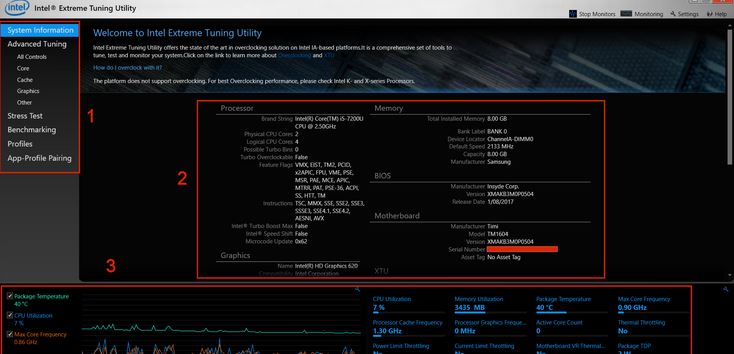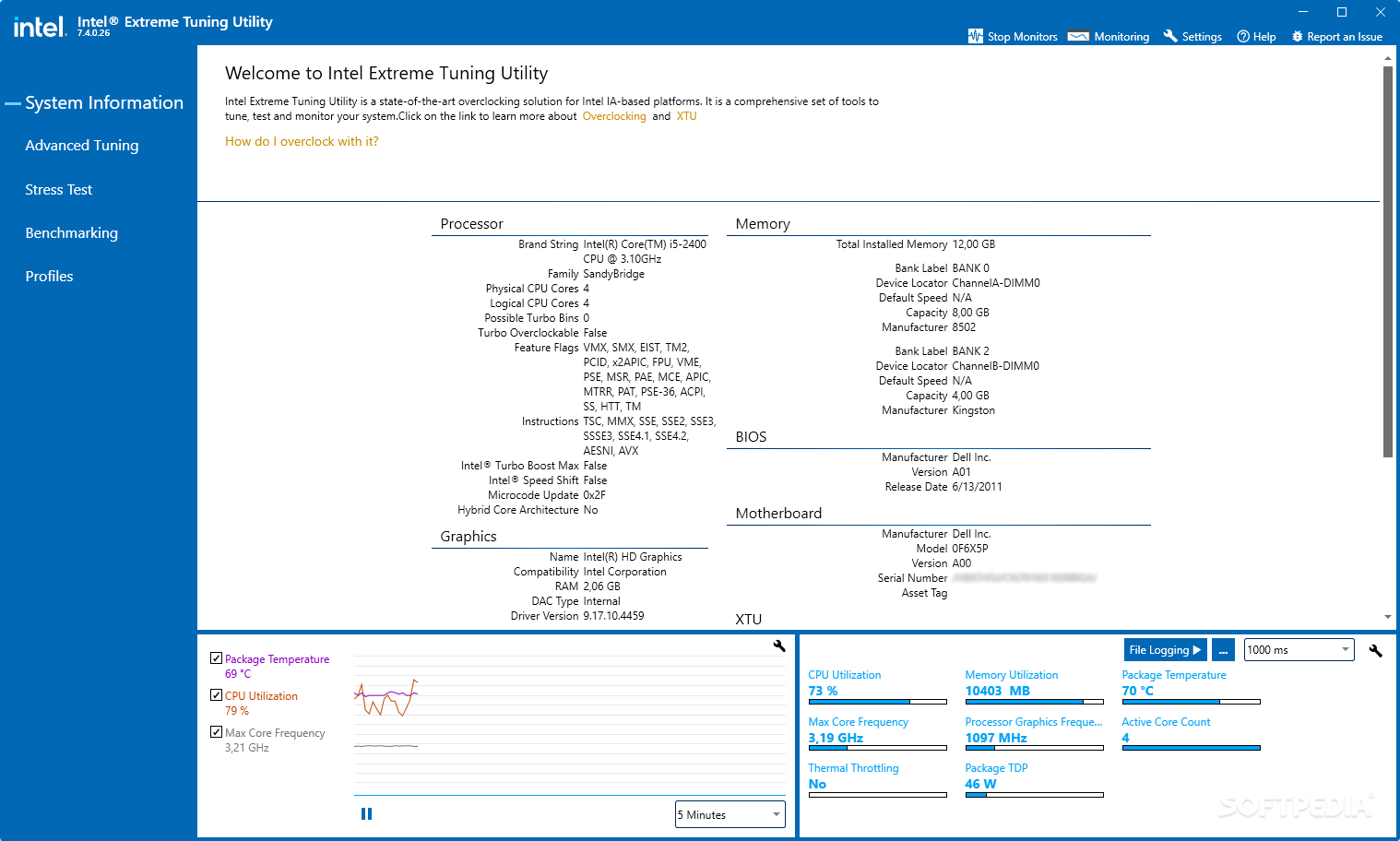

Instead they are widely used to compare the relative performance of CPUs. In other words, synthetic benchmarks are not an exact predictor of performance. Rather than testing the processor’s performance in a specific application (say, a 3D creativity suite or game), they simulate the workload an application may place on a CPU under different circumstances. The scores are “synthetic” because the tests used to calculate them are simulations. After measuring CPU performance levels at each task, the numbers are weighted and combined into a single score.

Synthetic tests simulate many different tasks: 3D rendering, file compression, web browsing, floating-point calculations, and so on. Use synthetic benchmarks when looking for a quick, general comparison between CPUs. These fall into two categories: Synthetic and real-world. CPU reviewers rely on a range of different CPU benchmark tests to evaluate CPUs.


 0 kommentar(er)
0 kommentar(er)
